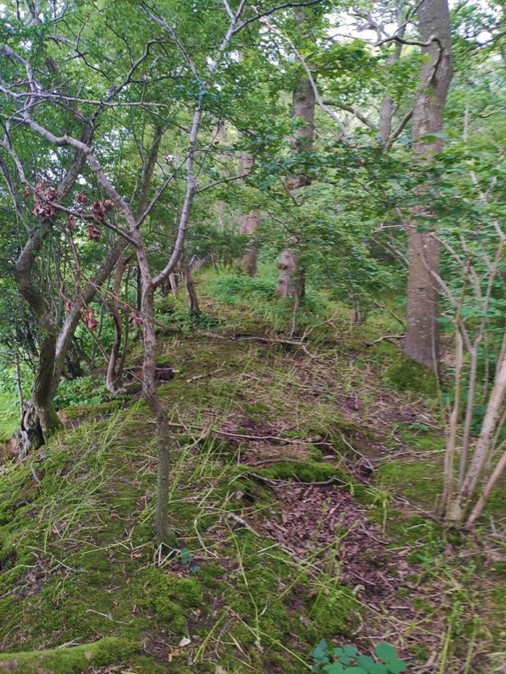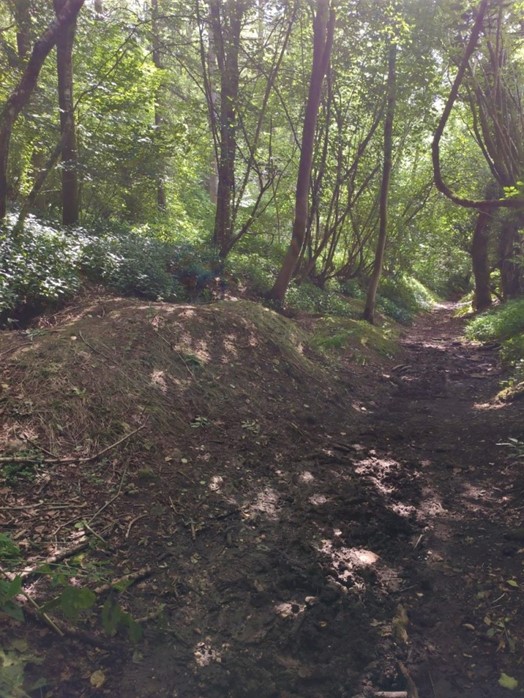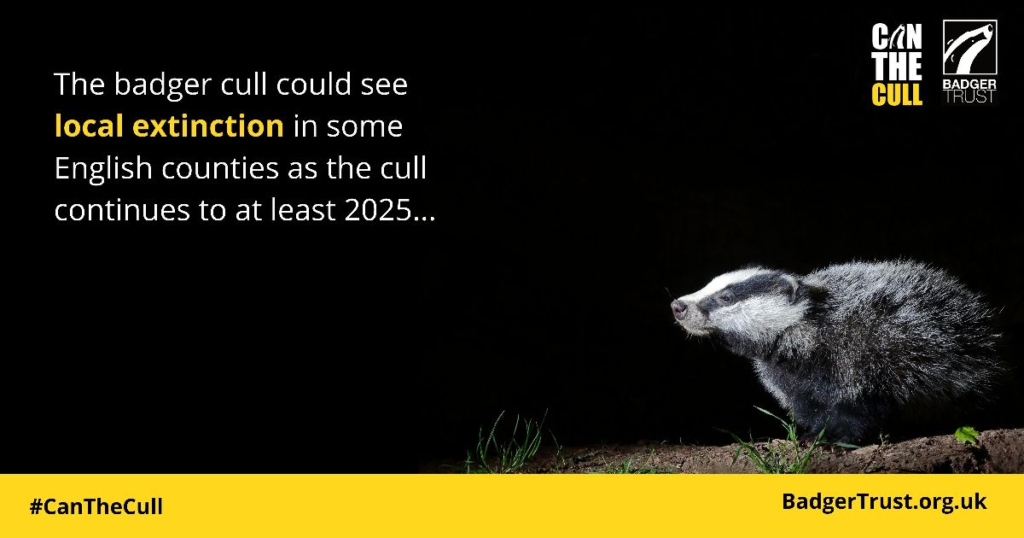As one of the first Pilot areas back in 2013, Gloucestershire shows the devastating results of long term, systematic slaughter. As many as half the population of Gloucestershire’s badgers have been killed by an unscientific, unethical and ineffective policy.
Setts once full of bustling life, now lie desolate. The badgers suffering an agonising death by free shooting, before being bagged, gutted and incinerated – nevermore to return to their homes with the coming of the dawn light.
Last year’s national death toll figures were released only seven weeks before the start of the 2023 cull. 1,002 badgers were killed in the Gloucestershire cull areas in the 2022 cull (excluding S. Glos which comes under a Wiltshire area). The vast majority were killed by the horrifically cruel method of free shooting. This currently represents 87.95% of the total, as opposed to 48.13% in the first year of the cull.


The numbers are huge – what does it mean? Well, it means this: a countryside without badgers.
Here are a couple of Gloucestershire examples, out of oh so many:

Left: Pre-cull, this was a very large sett that extended along most of the edge of a wood. The wood was protected, but as soon as the badgers left its leafy safety, they were shot.
Right: The wood is surrounded by open fields with large dairy farms to 2 sides. The badgers didn’t stand a chance. So, get used to a countryside from which badgers are absent. Slight indentations in the ground, increasingly faint tracks in the grass and location names with the prefix Brock, will be all to denote that Gloucestershire was once a county rich in badger life.


With all the threats that face badgers, it certainly can seem overwhelming. A programme of senseless mass slaughter by the government; climate change with prolonged droughts interspersed with flooding; loss of habitat through development; RTA’s; logging; crime by farmers, gamekeepers and hunts; horrific ‘old’ crimes like baiting expanding to an online audience. Even Brexit threatens badgers – with the possibility of rushed replacement regulations weakening habitat protection. And a recent study found that badger’s main source of food –-earthworms – have declined by a third in the last 25 years.
